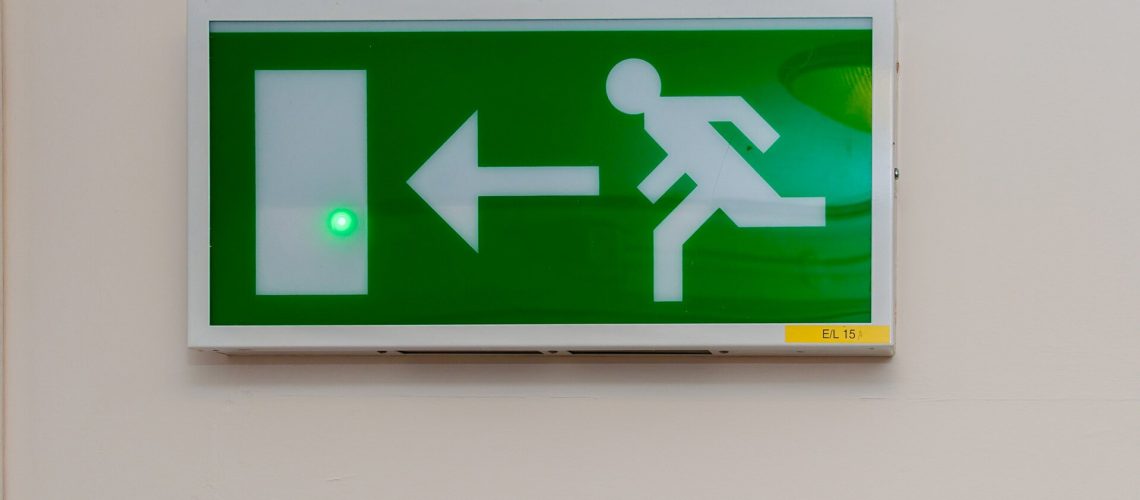Emergency lighting is one of the most important safety measures for commercial & residential building owners, warehouses, and factories. Wortley Ln, Holbeck, Leeds LS12 1DA
It has been noted that today’s emergency lighting has evolved in such a way that it has helped to save the lives of thousands by guiding people to the fire exit in emergencies. The effectiveness of emergency lighting means that it is legally required by British law.
Commercial buildings and industrial complexes are obliged to install extensive emergency lighting to make sure that people can safely leave the building in the event of an emergency.
The Fire Precautions Regulations 1997 and BS5266 Part 1 establishes the exact requirements for installation, testing, and maintenance.
In this article, we explore how emergency lighting works to make buildings safer for inhabitants and legally compliant under British Safety regulations.

What Makes Emergency Lighting Different from Standard Lighting?
Emergency lighting works in a very similar way to a standard household smoke alarm. While emergency lighting is connected to the mains, it also has internal batteries. These operate as a backup power source. Even if a fire destroys the mains electricity, emergency lighting will continue to effectively guide people to safety.
Checking the battery level is easy. All emergency lighting appliances have easily visible green LED lights to show the battery level. If all LED lights are on, then the battery is full and will power the emergency lights for up to three hours.
Different Emergency Lighting for Different Locations
Depending on where the emergency lighting is located in a building, it will have to comply with different legal requirements. This is because some areas of buildings are known to be more dangerous in an emergency. It is sensible to employ electrical engineers to make sure emergency lighting is of sufficient brightness.
Open areas are the least dangerous part of a building. People in them have greater visibility and they are not usually part of the emergency exit route.
If the open area is more than 60 metres square then no emergency lighting is required. However, if it is part of an escape route it must have emergency lighting with a brightness of 1 lux.
1 lux is roughly equal to the brightness of a standard lightbulb in a 10 metres squared room.
The regulations are slightly different for escape routes that are corridors. For corridors, emergency lighting of brightness 1 lux is also required.
However, the corridor covered by the emergency light is also required to remain unobstructed. Preventing obstructions to escape routes makes leaving an emergency much easier.
Finally, emergency lighting is required for stairwells, one of the most dangerous parts of a building during a fire. Smoke can gather in stairwells and cause people to panic – which could result in an accident as people scramble to get out. To ease the danger, emergency lighting of brightness 2 lux must be used in stairwells.
Testing Emergency Lighting
Conducting testing on emergency lighting can be difficult. The tester must replicate a total power shutdown to see if the light will work in a worst-case scenario emergency. A qualified and competent electrical engineer is needed for this simulation.
The electrical engineer will have to conduct a three-stage testing process. Firstly, they will shut off the mains supply to the emergency lights before checking they are all operating correctly.
Next, they must return power to the emergency lights and confirm that the batteries are properly charged. Finally, a qualified electrical engineer will confirm the status of the emergency lighting in the building’s fire safety logbook.
Safe Buildings with Emergency Lighting
Making buildings safer in emergencies is crucial. During 2018/2019, 318 people died in fires in the UK. Emergency lighting is an important part of the solution to reduce these tragic numbers. It is therefore rightly a necessity for any building manager for legal, safety, and moral reasons.

